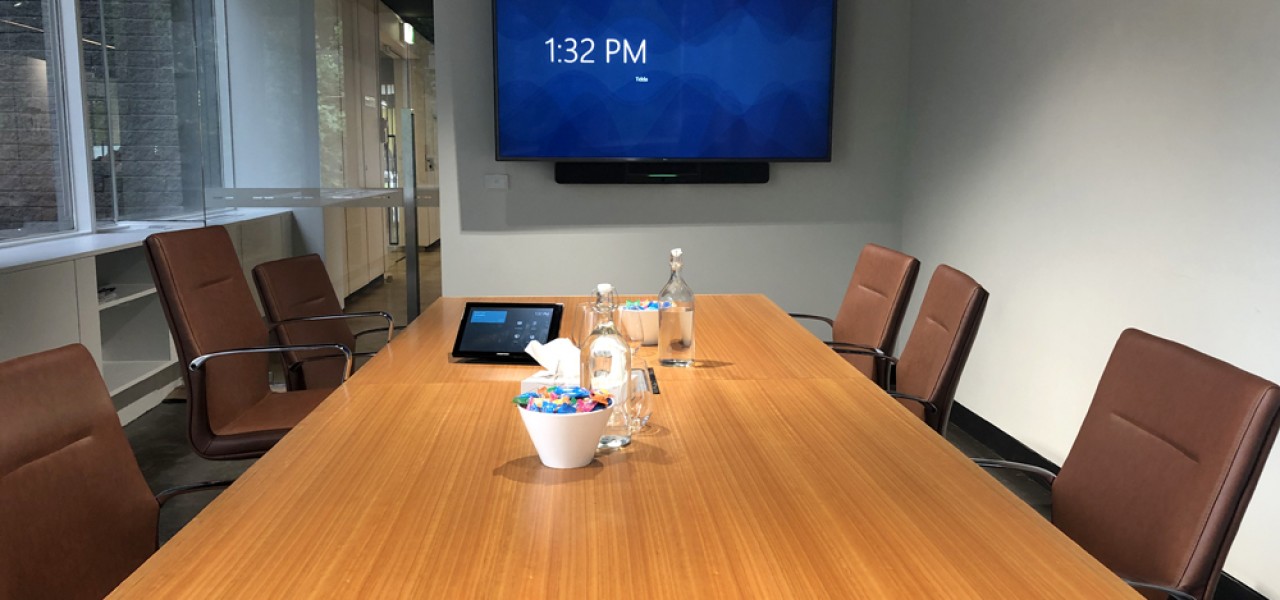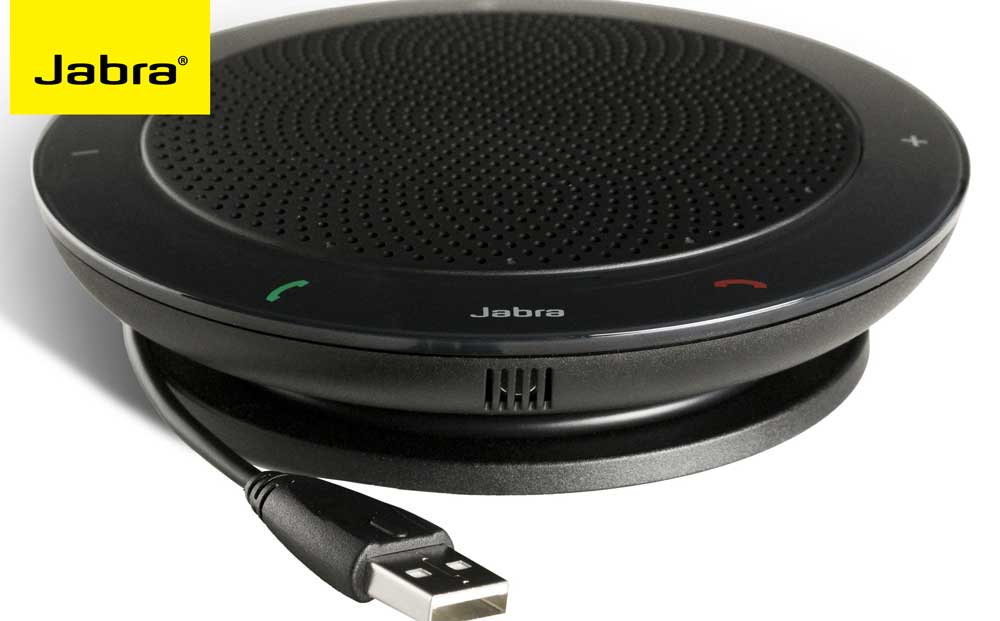


These procedures assume that you have created a Windows.Forms object and populated it with a textbox for entry of a contact’s URI and a button that you use to start a conversation. You can call EndConnect on your UI thread or you can call it within a System.AsyncCallback method you pass into BeginConnect. You must call EndConnect after calling BeginConnect. Register for participant events on the remote participant.Ĭall the BeginConnect method on this AVModality instance to allow both the local and remote endpoints to accept the conversation. Connected event that is raised after you connect to the modality. Register for ModalityStateChanged on the audio/video modality to catch the ModalityState. Get the AVModality from the Modalities property of the conversation in the source parameter of the callback method: source.Modalities.Ĭast the obtained Modality class instance to AVModality. The following steps should not be executed for the self-participant. Read the IsSelf property of the added participant exposed by Participant property. You must register for and handle events on both locally originated conversations and conversations you obtain by accepting an invitation from a remote user. For information about audio meetings, see What you can do with Lync meetings. When it is converted to a conference, the conversation object is provisioned with conference properties that you can use to assign meeting access, lobby management, and presenter promotion. If you add two or more participants to an audio conversation, the conversation is automatically converted to an audio conference and hosted on Microsoft Lync Server 2013. If you can add a participant, get a Contact instance to add to the conversation by calling into GetContactByUri.Ī contact that resolves to the passed URI is returned.Ĭall the AddParticipant method on the conversation and pass the Contact instance from step 4 as the contact argument. Register for state change events on the conversation.Ĭall the CanInvoke method and pass ConversationAction. The ConversationAdded event is raised when either a local user starts a conversation or a remote user invites the local user to a new conversation. For this procedure, handle the event for only the conversation added by the local user. Notified, the conversation was not started by the local user. Handle events To handle the ConversationAdded eventĬheck the modality state of the audio/video modality on the added conversation. Register for the ConversationAdded event on the ConversationManager instance.Ĭall the AddConversation method on the ConversationManager instance. Get the ConversationManager instance by reading the ConversationManager property of the LyncClient class instance. Get the LyncClient instance and verify that the client is signed in to the server.įor information about signing in to Microsoft Lync Server 2013, see How to: Sign a user in to Lync. The following figure illustrates the classes, methods, and events used in the process of starting an audio conversation.Ĭreate a callback method that handles the ConversationAdded event.Ĭreate a callback method that handles the ParticipantAdded event.

Read about How to: Sign a user in to Lync and be sure that your application logic provides this capability before adding an audio call feature to your UI. Microsoft Lync 2013 SDK must be installed on the development computer.ĭescribes the role of the .ConversationManager class in starting conversations and responding to incoming conversation invitations.ĭescribes how users are represented in conversations as participants.Ĭonversations can only be started when the user is signed in to Lync 2013. You must have sign-in credentials for Microsoft Lync Server 2013. Microsoft Lync 2013 must be installed and running on the development computer. The prerequisites for starting an audio conversation are as follows: To complete this procedure, you must handle state change events on both the client’s ConversationManager instance and the conversation itself. Starting a Lync audio conversation involves creating a conversation with a local and remote participant and connecting to the remote participant using the participant’s audio/video modality.
#Microsoft lync audio conferencing how to
Learn how to start a Microsoft Lync 2013 audio conversation by using methods in Microsoft Lync 2013 SDK.


 0 kommentar(er)
0 kommentar(er)
